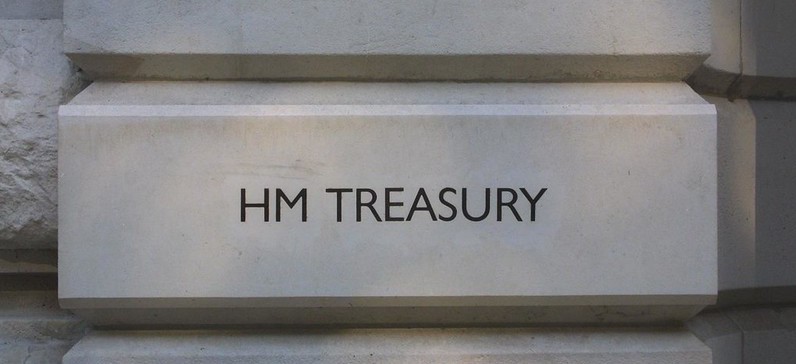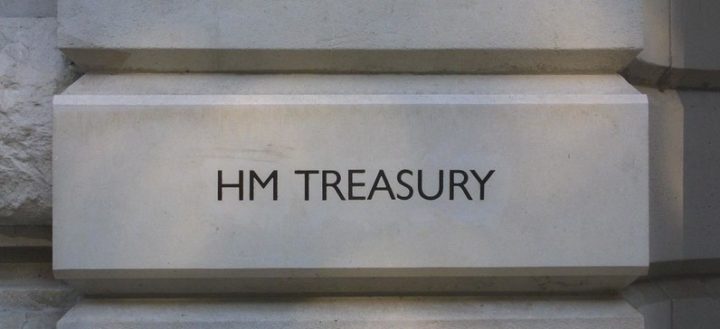
Kate Ogden writes that councils face a potentially future following the spending review.
In our recent report, we estimated that councils would need to spend £10bn more in 2024-25 than they did in 2019-20, just to maintain services at pre-pandemic levels. Population growth, faster growth in demand for children and adult social care services, and the impact of inflation and average wage growth on councils’ costs mean they’ll need to be spending much more just to stand still.
But Adrian Jenkins is right to say this doesn’t build in all the new spending pressures councils expect to face. Recent estimates from Crisis, and evidence of substantial housing arrears among private renters, suggest councils can expect a surge in demand for housing and homelessness services. Expected rises in the National Living Wage will add to pay bills if councils maintain differentials between spine points on their pay scales.
And it’s not yet clear whether the government’s promise to compensate public sector employers for the cost of the rise in employer National Insurance contributions will extend to councils’ outsourced services. These issues, and several others, could push up the sums needed even further, but are difficult to quantify with any confidence.
Cut
What we can be surer of is that the spending review is unlikely to deliver everything the sector wants. Under the chancellor’s current plans, day-to-day spending on public services will rise by 10% in real-terms over the next 3 years. But existing commitments on health, schools, defense and overseas aid mean two-thirds of that spending is already accounted for; only the remaining third remains to be allocated next week. For those departments which aren’t protected by an existing agreement, next year looks especially tight.
Overall, we expect “unprotected” departments to face a 2.5% cut in their (non-Covid) funding next year. That includes DLUHC (Department for Levelling Up, Housing and Communities) which provides most local government grant funding—but also further education, courts and prisons, HMRC and Defra, among others.
Unless Michael Gove secures much more for his new department than the average, some councils could see their grant funding fall next year, instead of rise. In that case, even very large increases in council tax would leave the sector with a significant shortfall, with many having to plan cuts to services.
29th November, 2021
London Stock Exchange
6th Annual FDs’ Summit
Lead sponsor PFM/UKMBA
Public sector finance directors can register here
Admittedly, things look a bit rosier by 2024-25. A fall in day-to-day defense spending and planned slowdown in the growth of health spending imply a significant rise in funding for “unprotected” departments that year. In that case, councils tax rises of 3.6% each year could mean councils are sufficiently funded in 2024-25.
But the NHS has a habit of needing more than it is promised, and colleagues have estimated it could face a funding shortfall of £5bn that year. If health spending is topped up, that more generous outlook in 2024-25 could prove a mirage.
Feast and famine
This implied profile of spending—a very lean two years, followed by a substantial windfall—would also be difficult for councils to manage, especially those with limited reserves. Having to make cuts to services, only to be able to reverse them almost immediately, won’t make for the efficient spending of public funds or good local policy.
It would be more sensible for the chancellor to smooth day-to-day funding for departments, and avoid a feast-and-famine approach.
As well as setting departmental spending, we may soon hear more about the adult social care white paper, which is due “later this year”.
The reforms to charging announced in September—including a lifetime cap on care costs and more generous means testing arrangements—and the other reforms mentioned will likely absorb the new funding, a promised £5.4bn over the next three years.
The government’s plan mentions that councils will have to meet demographic and cost pressures from “council tax… and long-term efficiencies”, but also describes the white paper as providing “a path to long-term financial sustainability” for the system. Councils will be watching closely.
Room151’s Audit Committee Masterclass
3rd & 10th December, 2021
with Richard Harbord
Explore best practice and supporting the work of officers
REGISTER HERE.
Wary
The government should also resist complacency about the ability of councils to meet spending pressures from further rises in council tax. Many residents will be struggling with other rises to living costs, as well as the loss of the £20 uplift to Universal Credit.
Local politicians will be wary of adding to households’ tax bills at the same time as the National Insurance rise and (most likely) a further rise in the energy price cap hit people’s pockets next April.
Even if councils were allowed, and had the appetite, to raise significantly more from council tax, this would be much more painful in some parts of the country. Differences in the distribution of properties across tax bands, and current bill levels, mean a given percentage rise would bring in much more in some areas than other.
Those in the West Midlands and London, and in the most deprived areas, would have to impose much larger rises in bills to avoid cutting services.
Until we have a coherent funding system for local government, which accounts for differences in the tax-raising capacity of different areas, the government can only make sure poorest areas keep up by redistributing grant funding.
At the last local government finance settlement, the allocation of additional social care grants (and a fall in New Homes Bonus funding) meant growth in core spending power was approximately the same across areas by deprivation. It will be much harder for DLUHC to repeat the same trick this time if the overall pot is shrinking.
Kate Ogden is a research economist at the Institute for Fiscal Studies.
Photo: HM Treasury, Flickr
——————
FREE monthly newsletters
Subscribe to Room151 Newsletters
Room151 Linkedin Community
Join here
Monthly Online Treasury Briefing
Sign up here with a .gov.uk email address
Room151 Webinars
Visit the Room151 channel














